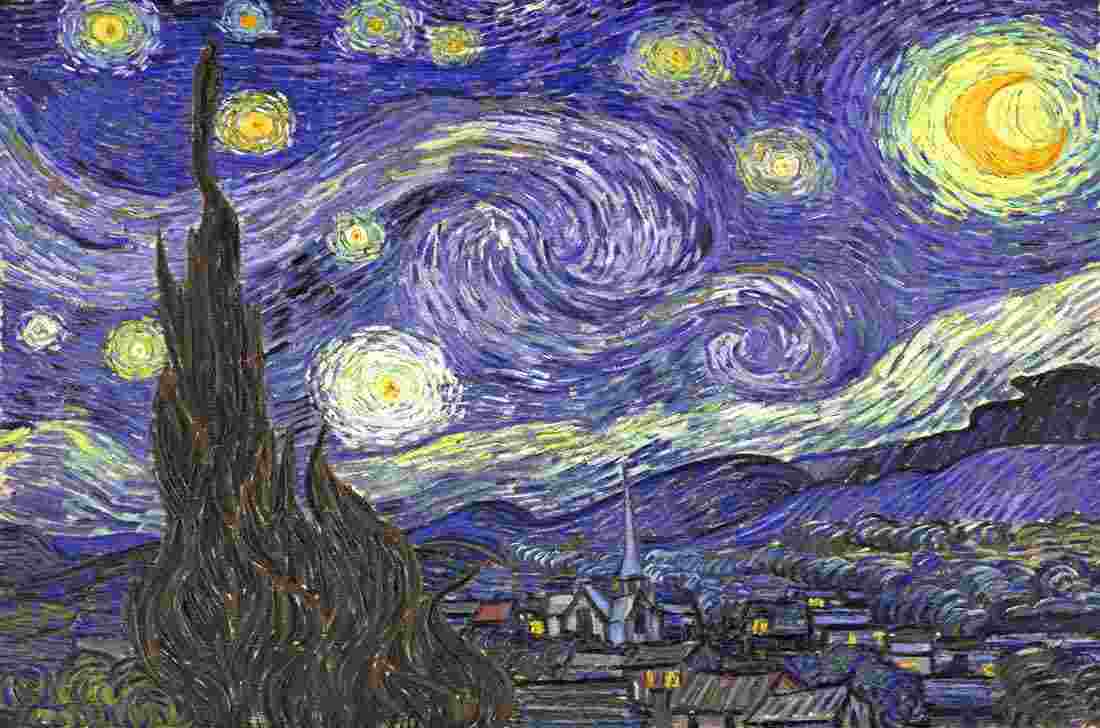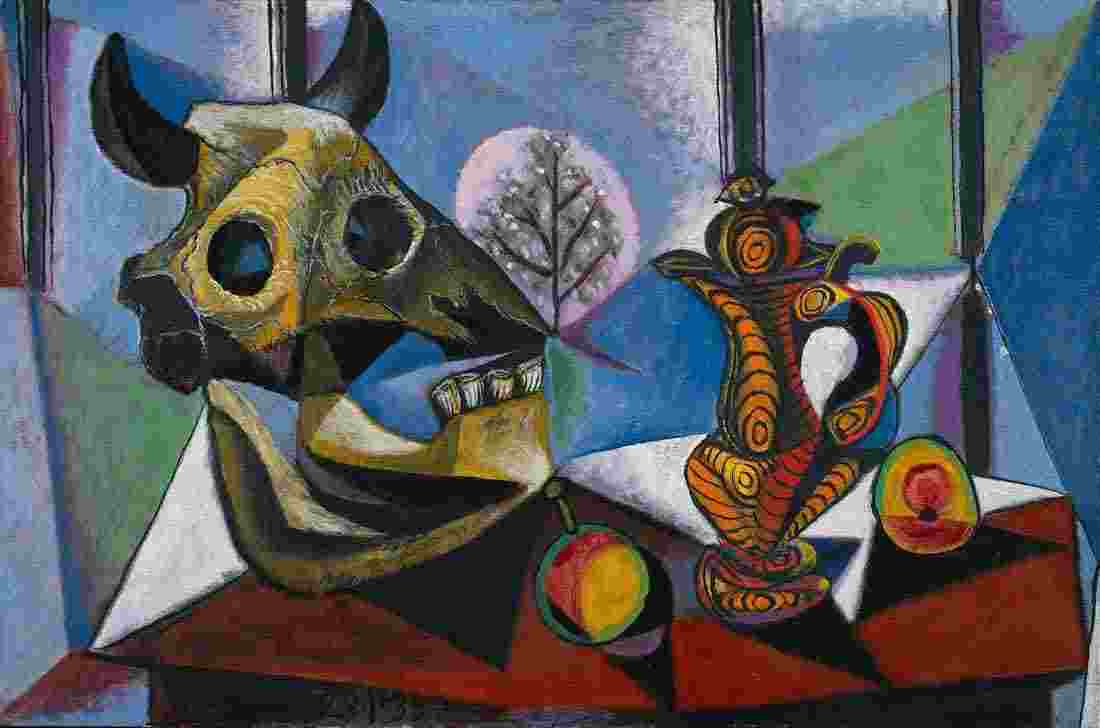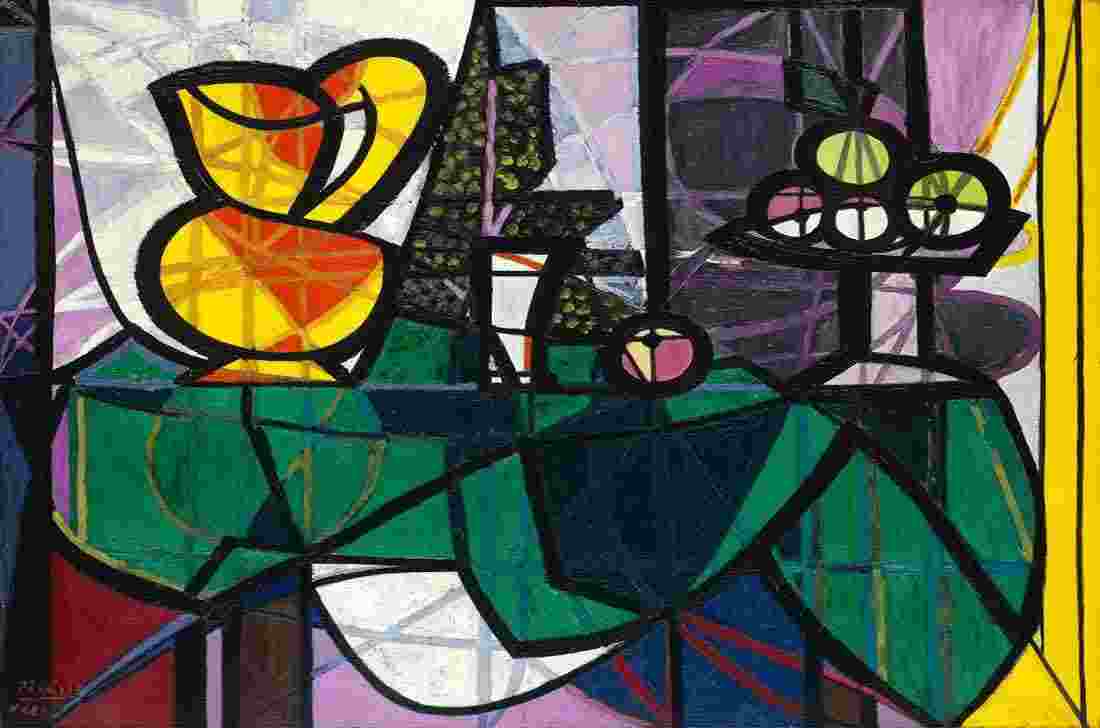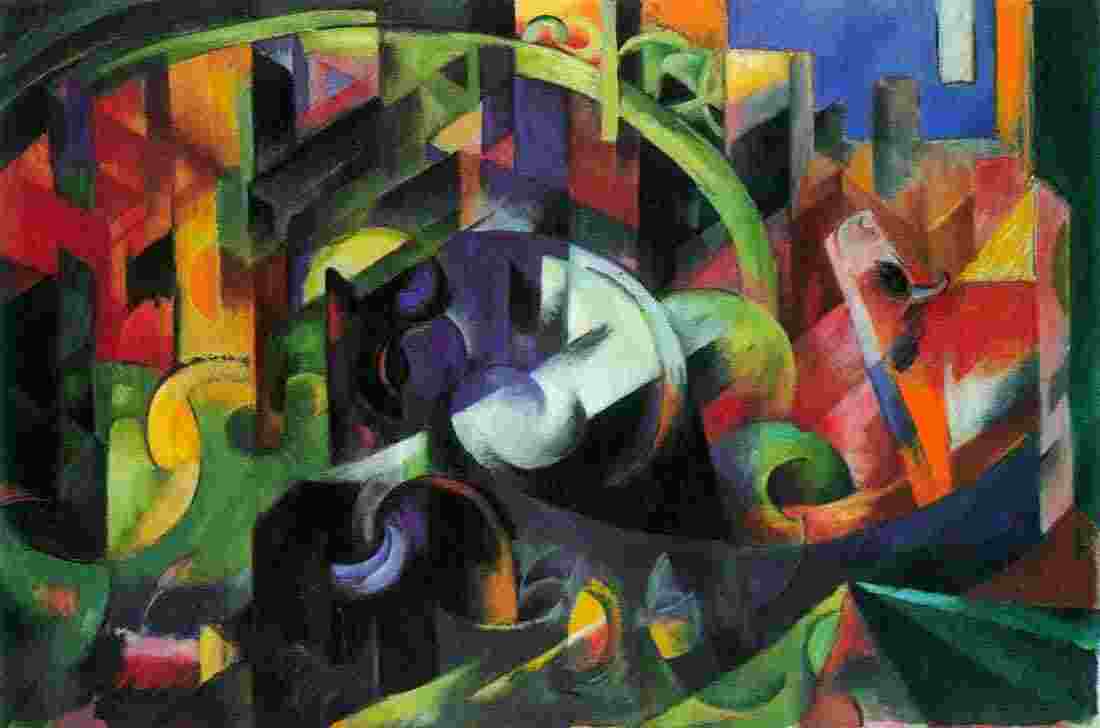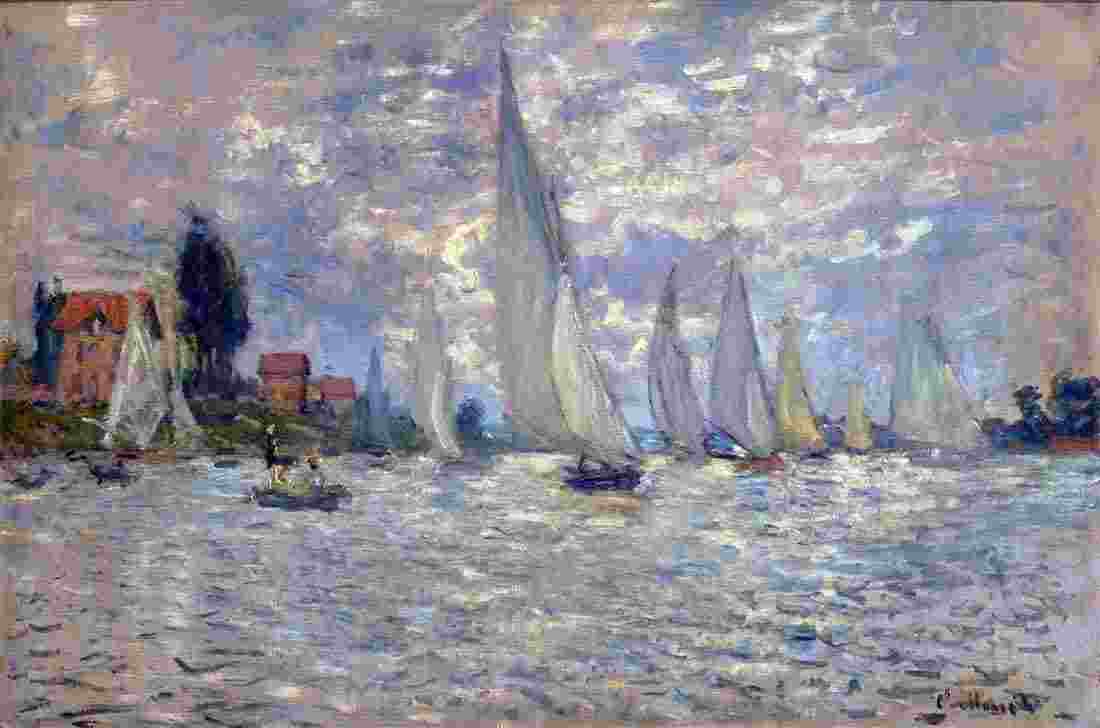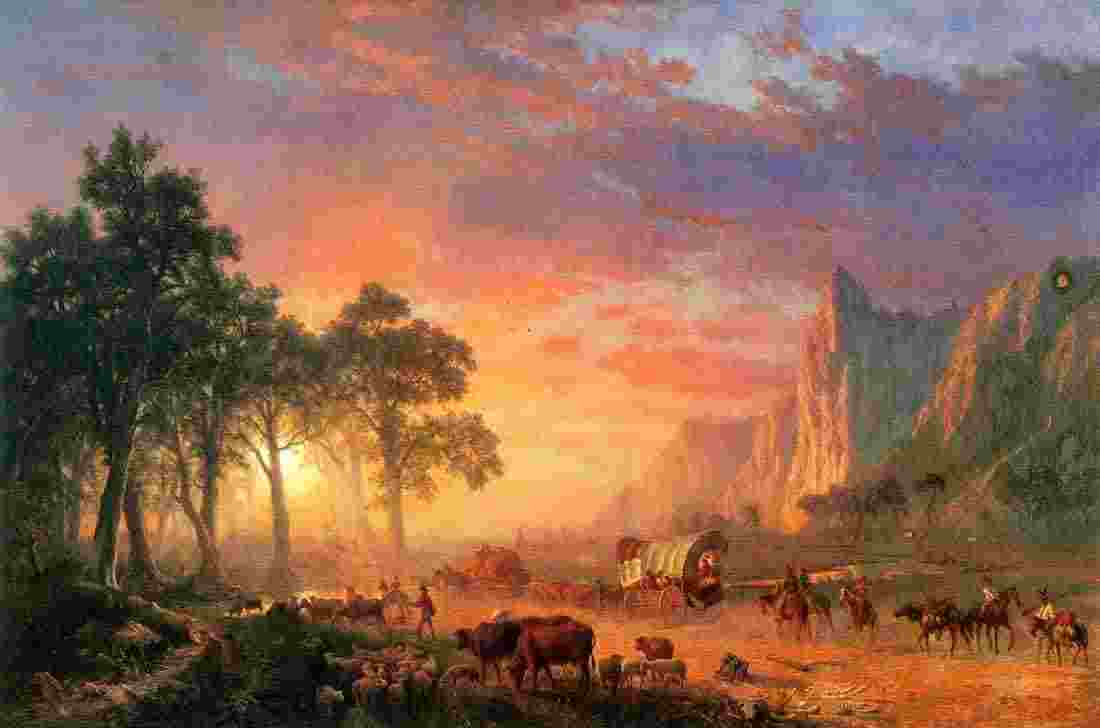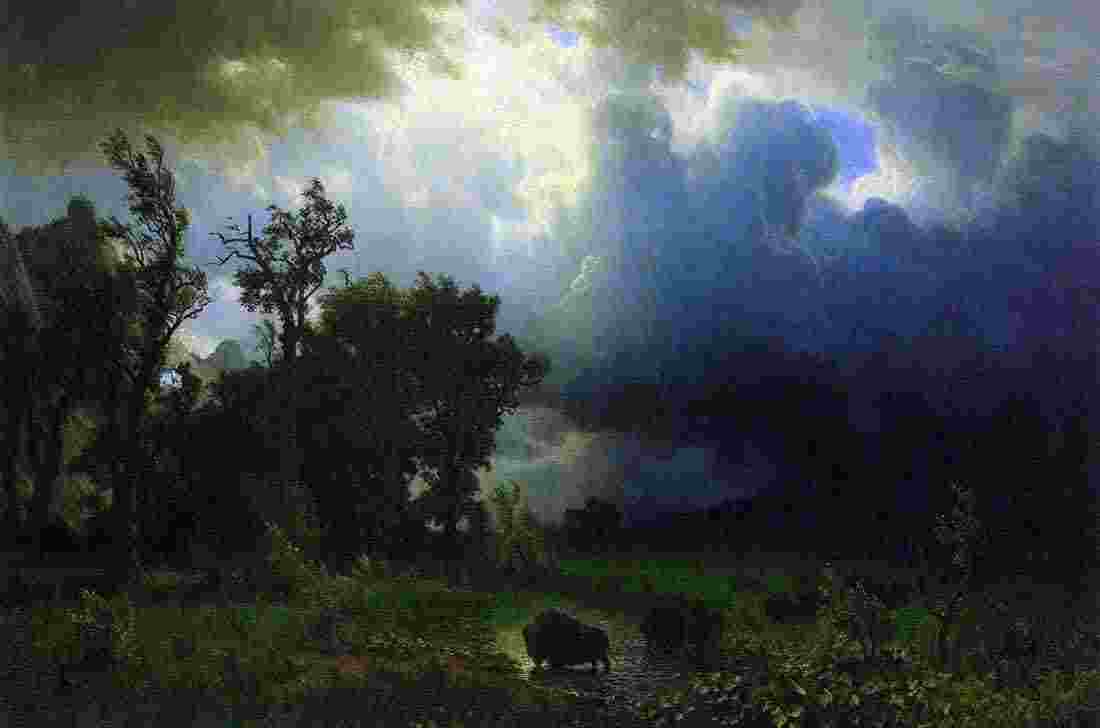Second Grade Art Lesson 24
Texture Rubbings, Part 1 Crayon Resist
Objective:
The student will know that texture is the quality of a surface and that a rubbing can create textures on the paper. The student will know what a crayon/ watercolor resist is by painting watercolor on top of the crayon rubbings.
Materials:
white paper (4 5 sheets per student), peeled crayons, texture surfaces (i.e. a piece of cardboard, sandpaper, if your walls are built out of concrete blocks they work well, concrete sidewalks, etc.) watercolors, paint brushes, paper towels and water cups
Procedure:
Begin by asking if anyone knows what a texture is. Define texture as the quality of a surface. Give word pictures for them to understand what texture mean such as the surface of a porcupine, a bunny rabbit's fur, a snakes skin, etc. Explain that when we use texture in our drawing it makes our work more interesting. One way to get texture is by doing rubbings. We are going to take rubbings of a variety of surfaces by simply placing your paper on top of the surface and rubbing a crayon across the paper. The texture of the paper will show up where the crayon rubs over the raised areas. Have each child do four or five rubbings in different colors. Once everyone has a variety of textures, have them paint over the surface with watercolors. This is called a crayon/ watercolor resist. The watercolor will only leave color in the areas where there is no crayon wax. (Be sure to have students put their name on each page of rubbings before they apply the watercolor.) Set the papers aside to dry and we will use them to build row houses in our next lesson.
Conclusion:
Review the definition of texture and encourage the children to pay attention to the many different textures they touch and see every day.
Artwork and Examples used in this lesson

Texture Papers

Texture Papers
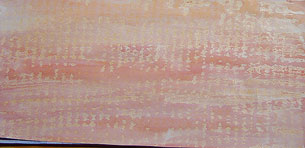
Texture Papers
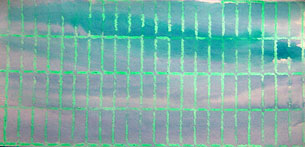
Texture Papers
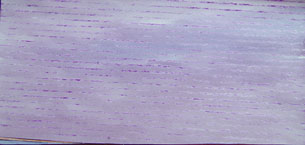
Texture Papers
